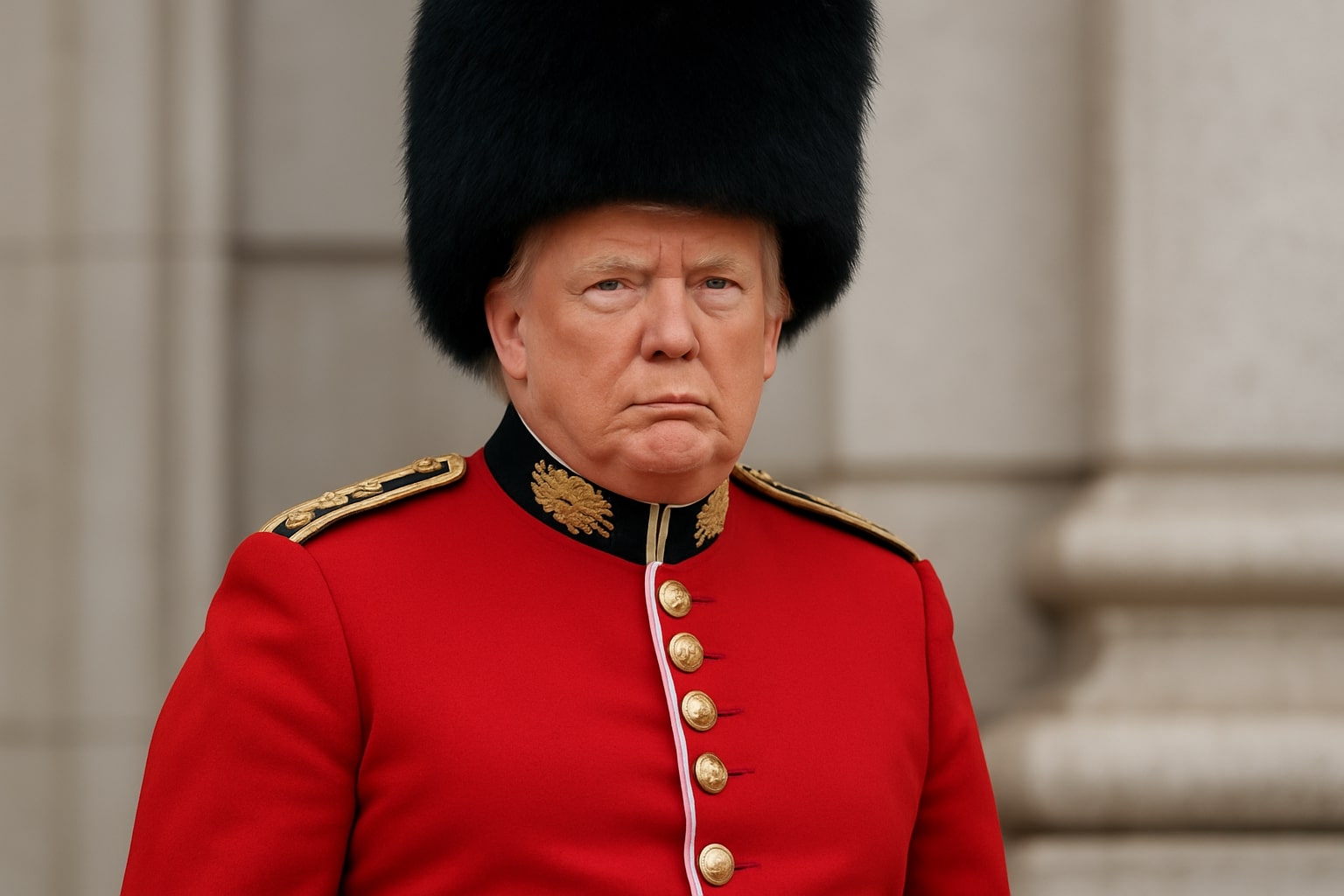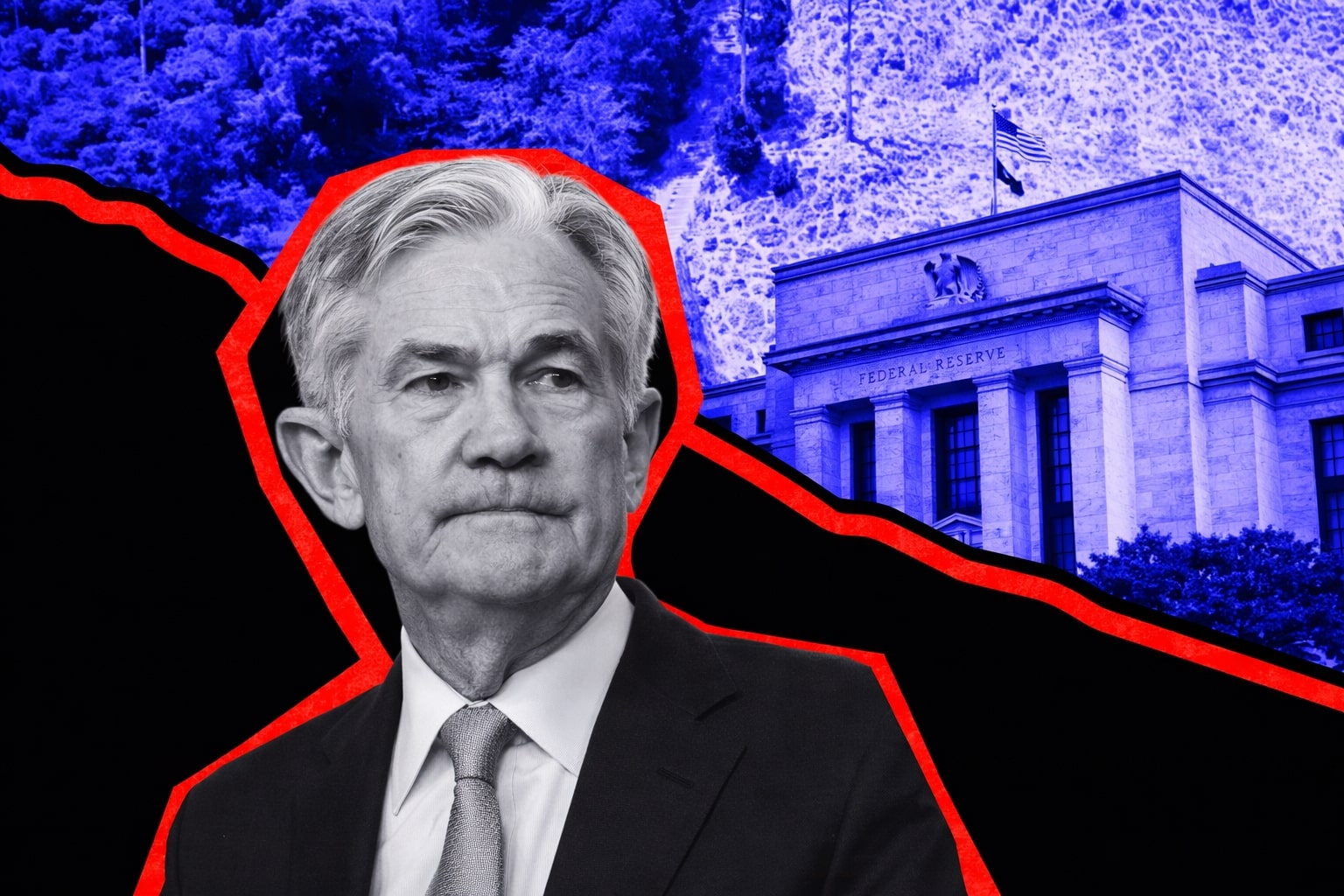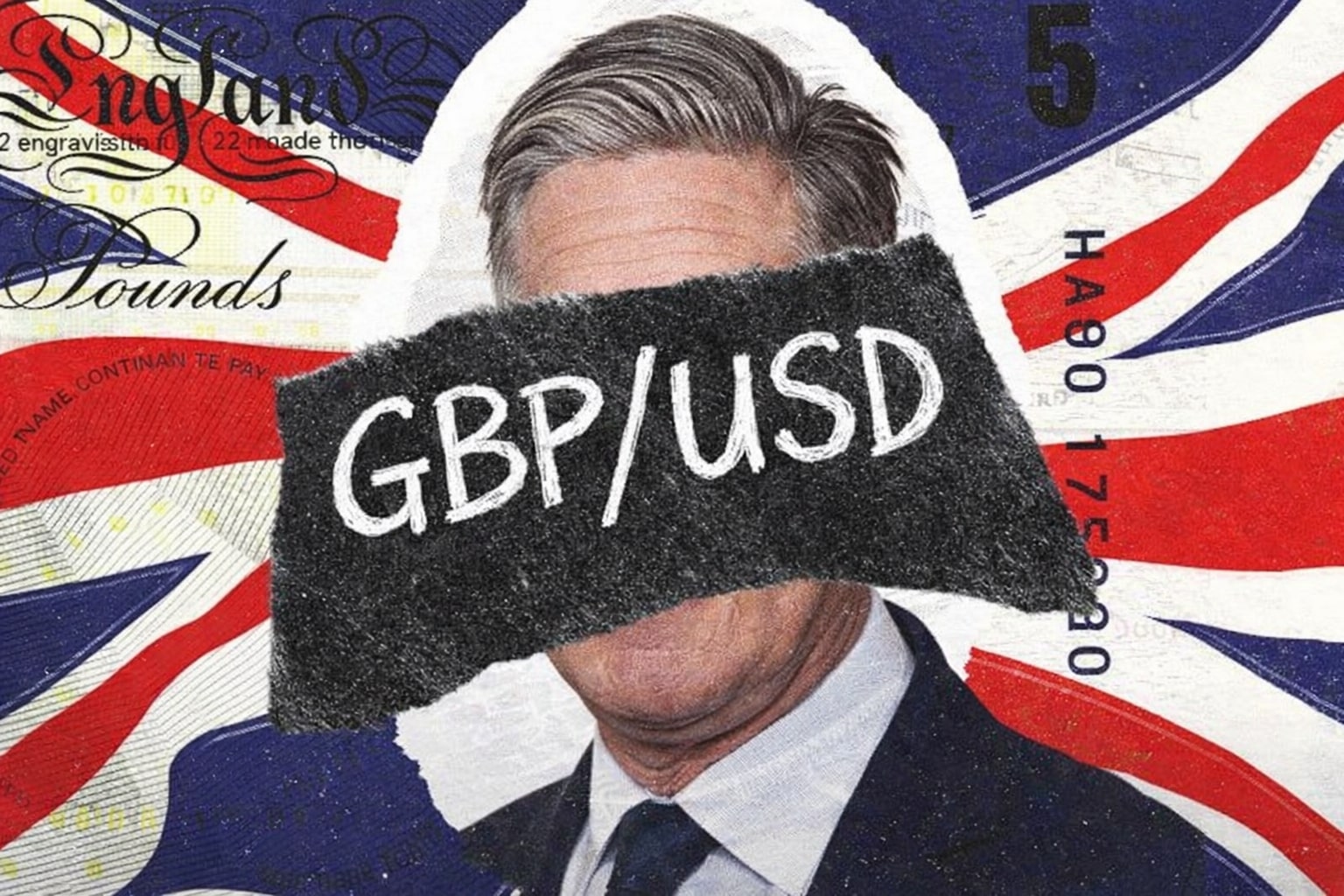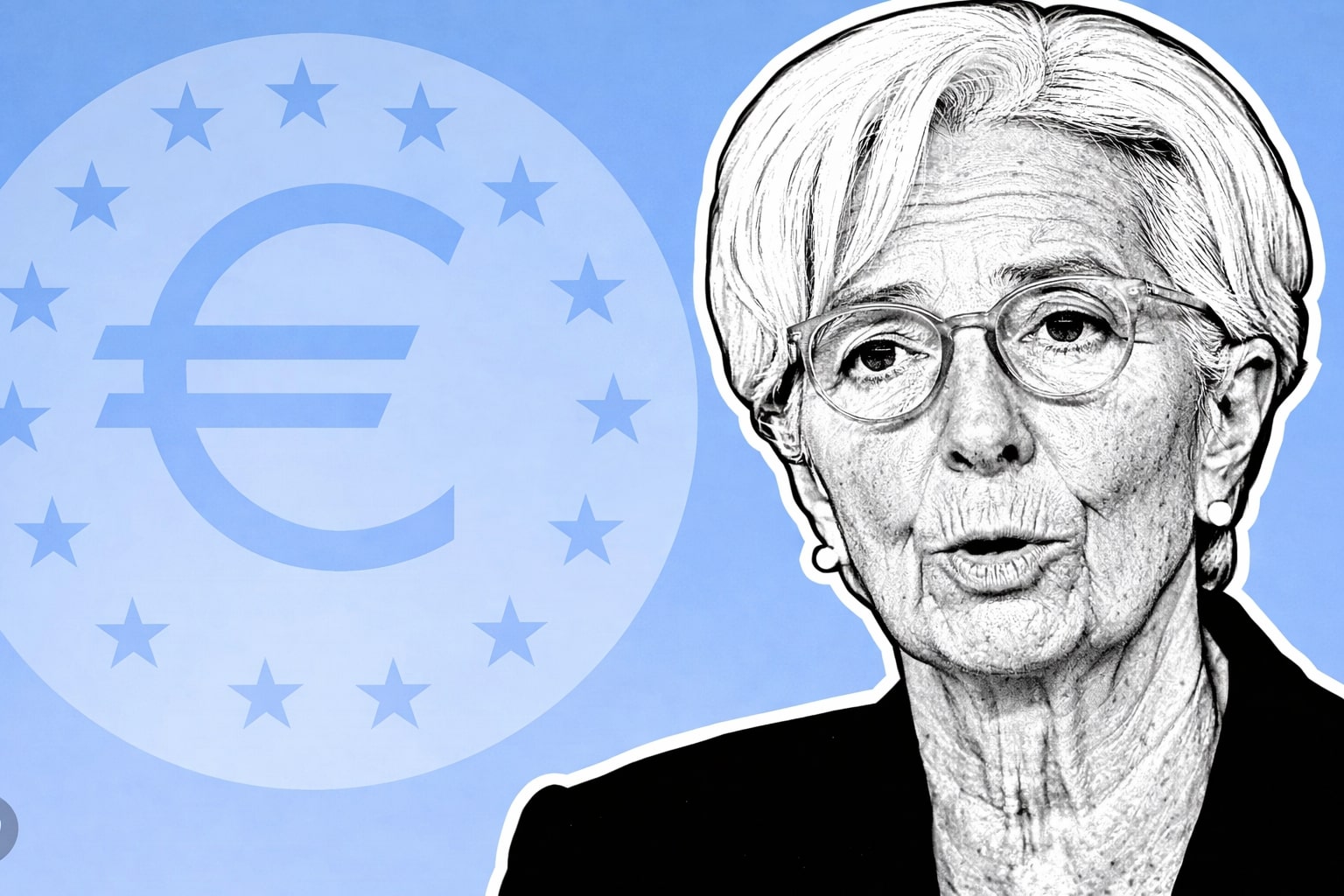
GBP/USD Struggles Near 1.3730 as Fed Weakness Meets BoE Caution
Sterling Gains As Dollar Slips, But Breakout Faces Resistance at 1.3770 | That's TradingNEWS
GBP/USD (CURRENCY:GBPUSD) STRUGGLES BELOW 1.3730 AS BEARISH PRESSURE BUILDS DESPITE CENTRAL BANK DIVERGENCE
Pound Gains Capped Near 1.3770 As RSI Approaches Overbought Territory
The GBP/USD (currency:GBPUSD) pair has pushed to an intraday high near 1.3730, but signs of exhaustion are emerging. The Relative Strength Index (RSI) remains below 70, and technical momentum is waning. Price action is approaching the 1.3770 resistance, a level not seen since October 2021. This marks the upper bound of a multimonth ascending channel. A confirmed breakout above 1.3770 would open the path toward 1.3800, but a rejection here increases the risk of a pullback toward the 9-day EMA at 1.3635.
US Dollar Weakens on Soft Data, Lifts Sterling Toward Cycle Highs
The U.S. Dollar Index (DXY) dipped to 97.00, its lowest in weeks, after May’s personal spending fell 0.1% and personal income slid 0.4%—the sharpest drop since 2021. Traders now price in a September Fed rate cut, with CME FedWatch showing probability above 65%. Meanwhile, former President Trump’s public criticism of the Fed’s interest rate policy and calls for better U.S.-Japan trade terms further weighed on sentiment. This dollar softness has been a core driver lifting GBP/USD, as monetary policy divergence between the Fed and BoE becomes more pronounced.
Bank of England’s Hawkish Hold Buoys Sterling Appeal Against USD Weakness
Unlike the Federal Reserve, the Bank of England remains cautious. With UK core inflation still sticky, the BoE is in no rush to cut rates. This yield divergence strengthens the Pound’s carry appeal, especially with UK GDP expected to show modest Q1 growth. The longer the BoE stays hawkish while the Fed pivots, the more upside pressure builds on GBP/USD.
Technical Breakdown Below 1.3672 Signals Vulnerability Toward 1.3639 and 1.3426
A failure to hold 1.3672 on the downside would shift the short-term outlook bearish. Key support levels include the 9-day EMA at 1.3635, followed by the 50-day EMA at 1.3426. A deeper decline could expose the May low near 1.3139. The pair’s inability to hold recent gains would reflect a breakdown in momentum—particularly if RSI breaches back below neutral.
Symmetrical Triangle Formation Hints at Breakout Potential Amid Tight Volatility
On the 2-hour chart, GBP/USD is compressing inside a symmetrical triangle, with converging trendlines showing market indecision. The 50 EMA at 1.3671 and 200 EMA at 1.3566 are flattening, suggesting consolidation. A breakout above 1.3769 targets 1.3812 and 1.3859, while a breakdown below 1.3683 opens the door to 1.3593. Traders should monitor for volume spikes to confirm breakout direction.
USD Outlook Remains Fragile Ahead of Key U.S. Jobs Data and Inflation Reports
Markets are bracing for a weak June Nonfarm Payrolls (NFP) print—consensus sits at just 110,000 new jobs, while unemployment is expected to tick up to 4.3%. Combined with dovish Fed signals, the USD remains structurally pressured. If U.S. economic prints continue to soften, GBP/USD could extend toward 1.3850–1.3900. However, any upside surprises in NFP or inflation could reverse recent Sterling strength.
Short-Term Price Momentum Remains Bullish, But Structural Risks Are Growing
While the pair holds above 1.3670, bulls maintain the upper hand. But multiple layers of resistance above, weakening U.S. data, and geopolitical uncertainty present a complex setup. The presence of bearish divergence on RSI, rising BoE caution, and triangle consolidation suggest that a volatility spike is imminent.
Verdict: GBP/USD – HOLD / BULLISH BIAS WHILE ABOVE 1.3670 The fundamental divergence between BoE and Fed favors Sterling in the short term, but traders should remain cautious of overstretched positioning and resistance at 1.3770–1.3800. For now, GBP/USD holds a bullish structure, but risks are rising as both technicals and macro data approach critical junctures.
That's TradingNEWS
Read More
-
UCO ETF Price Forecast: Can NYSEARCA:UCO at $18.57 Ride a 2026 Oil Squeeze?
18.12.2025 · TradingNEWS ArchiveStocks
-
XRPI at $10.50 and XRPR at $14.93 Hit XRP ETF Lows While XRP-USD Holds $1.84 After 30 Days of Inflows
18.12.2025 · TradingNEWS ArchiveCrypto
-
Natural Gas Price Forecast: Henry Hub Holds Around $4 as EIA Draw Hits 167 Bcf
18.12.2025 · TradingNEWS ArchiveCommodities
-
USD/JPY Price Forecast: Pair Holds Above 155 As BoJ And US CPI Set Up A Major Break
18.12.2025 · TradingNEWS ArchiveForex



















